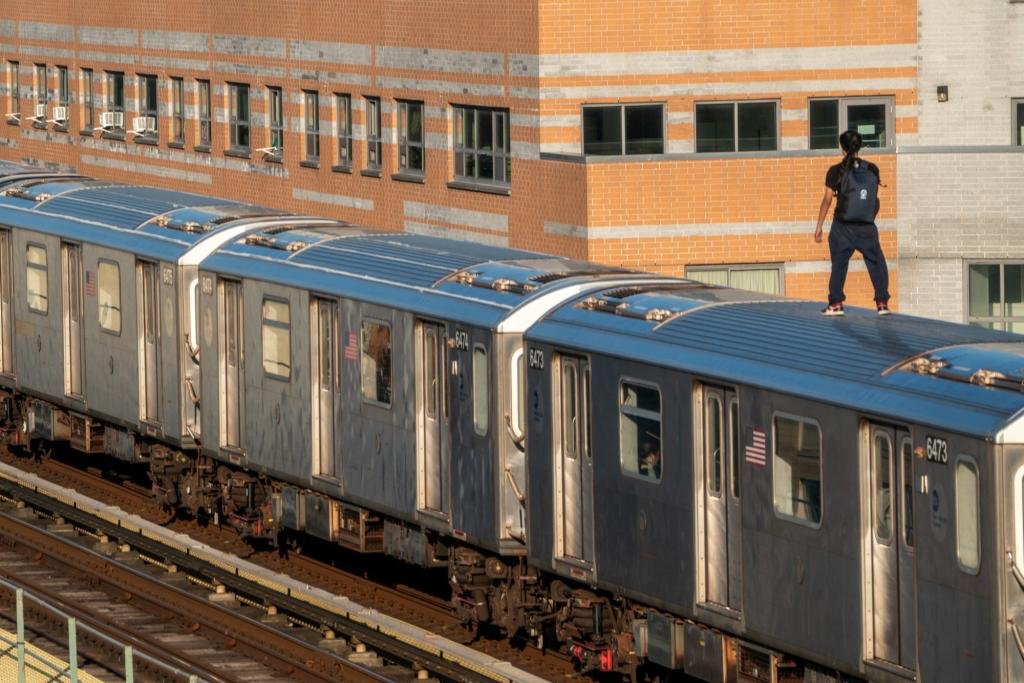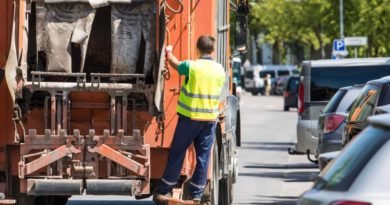NYC subway-track deaths soar, driven by social-media dares
The Metropolitan Transportation Authority had distressing news last week: Deaths on subway-train tracks soared in 2022, to 88.
It’s a little-remarked element of our post-2020 era of disorder and chaos.
A poorly secured transit system presents an acute danger to New York’s most vulnerable citizens, including people suffering from addiction and mental illness.
In a functional city, rail transit is the safest form of moving from one place to another.
But as with everything else in New York in the past three years, things went awry. Last year’s 88 track deaths were 35% above the 2018 and 2019 averages — 65 each year.
For context, 120 pedestrians died above ground last year in crashes with cars or trucks, close to the average of 121 in 2018 and 2019.
The goal below ground, just as the “Vision Zero” traffic-death campaign above ground, should be no deaths.
In fact, it’s startling the number of deaths underground could even begin to rival the number of deaths above ground, where unlicensed and drunk drivers speed and take fast turns.
What’s going on? Of 1,365 known subway-track incidents in 2022 (most of which didn’t end in death), about 15% were accidental falls or medical emergencies, a new MTA analysis finds.
A thankfully surprisingly low number — fewer than 10% — was suicides or suicide attempts.

An even smaller percentage was assaults — that is, people being pushed to the tracks. (Though with pushes to the tracks comprising three of last year’s 10 subway murders, a 30-year high, a small percentage is too many.)
In most cases — well more than two-thirds — people ended up on the tracks voluntarily.
In 20% of total cases, people were clearly mentally ill (but not attempting suicide); in another 10% or so, people were drugged or drunk.
And in nearly half of total trespassing cases, the MTA or NYPD found people just walking the tracks — walking to homeless encampments on MTA property, writing graffiti, just . . . wandering about.
Two such trespassers were graffiti writers from France; they died under a Brooklyn train last April.
And some “accidents” — more and more — are subway surfers.
Two 15-year-old surfers have been killed in the past four months, and another 15-year-old lost his arm this year.
It’s more evidence that left to their own devices in public spaces, too many New Yorkers will behave dangerously — posing a danger to themselves and others.
As the MTA’s Shanifah Rieara, top policy and communications adviser, notes, the deaths are grievous for families but also “frankly tragic for our train crews.”

The good news is that we know how to fix this, and we are fixing it.
The worst spike in track intrusions started a little more than a year ago, in December 2021 to February 2022. (This includes January 2022, when Michelle Go was pushed to her death in Times Square by a mentally ill, violent ex-con.)
This winter, track intrusions are down 30%.
Why? Largely police enforcement.
In January and February of this year, the MTA made 2,065 arrests in the transit system, two-thirds higher than last year and rivaling pre-COVID numbers.
Fare-evasion arrests tripled from last year.
Civil summonses, at more than 26,000, were more than 80% above last year’s levels.
Yes, it’s true that severely mentally ill people wandering New York’s subway tracks don’t need policing as a long-term solution.
But they do need police, to keep them off the subway tracks and thus keep them alive, as a short-term solution.
So do idiotic teens.
Just last week, police stopped five teen subway surfers in one incident in Queens — potentially averting a mass tragedy.
Police stopped more than 1,000 people in such incidents last year.
But this year, as Rieara says, the trend, driven by social-media dare videos, is accelerating — “concerning, escalating and deadly.”
Also last week, police grabbed three illegal guns off farebeaters in just four days — one reason violent felonies are finally falling after the 2020 increase.
As fresh data from last week show, violent felonies in the subway are down 17% from last year for January and February, a significant achievement.
The surge in subway policing that began last fall isn’t just cutting crime. It’s keeping mentally ill, drugged or just plain dumb people from doing harm to themselves by walking smack into subway trains — or falling off them.
Nicole Gelinas is a contributing editor to the Manhattan Institute’s City Journal.




